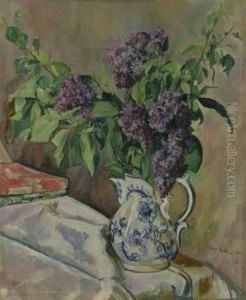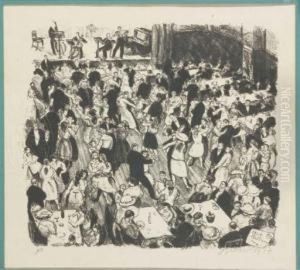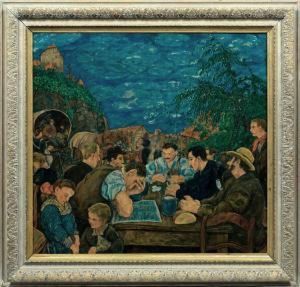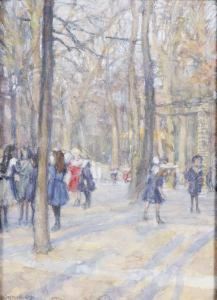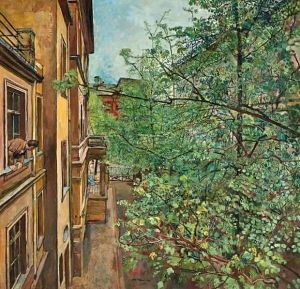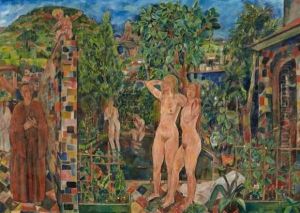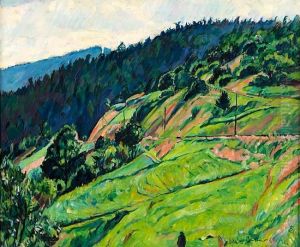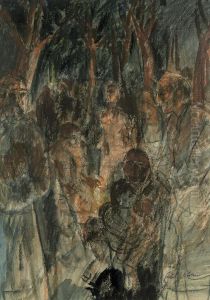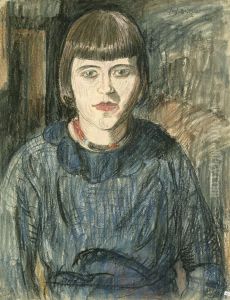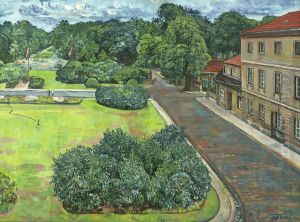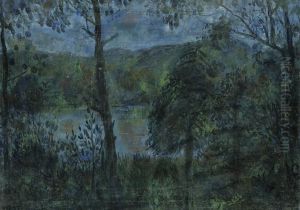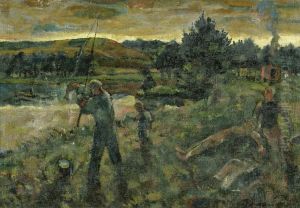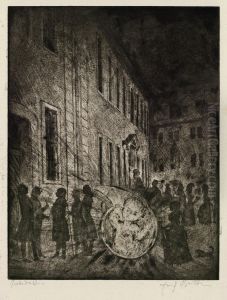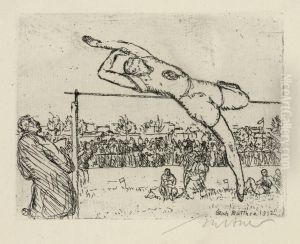Erich Buttner Paintings
Erich Büttner was a notable German painter and graphic artist born in Berlin. His work spanned from the late 19th century into the early 20th century, marking him as an important figure in the transition period in German art, moving from traditional styles towards more modernist expressions. Büttner was educated at the Berlin Academy, where he developed a strong foundation in classical art techniques, yet his work gradually began to reflect the influence of newer art movements such as Expressionism and New Objectivity (Neue Sachlichkeit).
Büttner's early career was characterized by his involvement in the Berlin Secession, a group that sought to break away from the traditionalist approaches dominating the German art scene at the time. This affiliation provided him with a platform to exhibit his work alongside other progressive artists. His paintings and graphics from this period often depicted urban life, social scenes, and portraits, imbued with a sense of realism and emotional depth that captured the complexities of human experiences and the socio-political climate of his era.
However, Erich Büttner's career was not without its challenges. The rise of the Nazi regime in Germany brought about a hostile environment for many artists whose works did not align with the state's ideology. Although Büttner died before World War II, the Nazi's rise to power had a stifling effect on the freedom of expression within the German art community, impacting artists like Büttner.
Despite these challenges, Büttner's contributions to German art were significant. He was adept at both oil painting and graphic arts, including woodcuts and lithographs, showcasing his versatility as an artist. His work is recognized for its technical skill, emotional expressiveness, and insightful commentary on the human condition and the societal changes of his time. Büttner's legacy is preserved in the collections of various German museums, where his art continues to be studied and appreciated for its historical significance and artistic merit.
